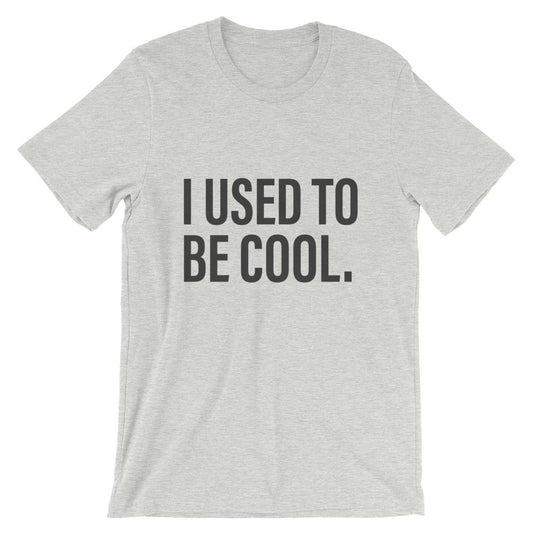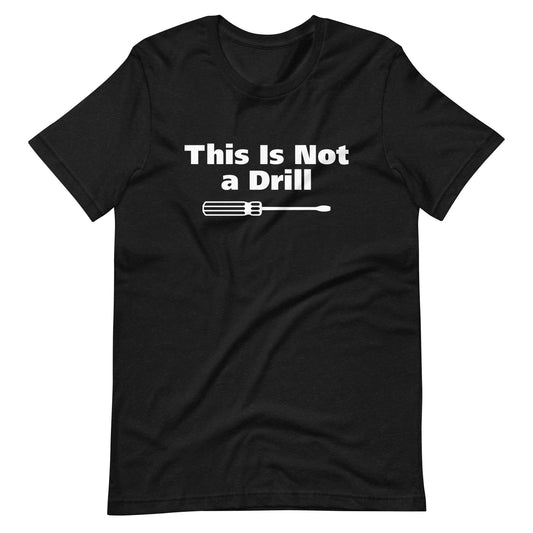Dad's Guide to Deep Frying a Dadass Turkey
Share

Forget the instruction manual. Our practical guides are filled with no-nonsense, real-world advice for tackling dad challenges. Our tips will help you impress your kids and neighbors, and make you more attractive to your spouse. This time, we're giving you everything you need to know to deep fry the most freaking delicious turkey you've ever tasted.
Thanksgiving is almost here and it's time to get serious about your plans for your turkey. Any fool can roast one in the oven. And any fool can wear a scarf, too. That's not what we're about here. Let's do better this year: we’re going to fry that bad boy. And better still, we’re going to fry it without burning down your house.
Preparation
Thaw that bird completely. If your turkey is not completely thawed and free of frozen water when it hits the frying oil you will have hot grease flying everywhere! No bueno.
Brining Your Bird
Brining your turkey can be the difference between a dry turkey and a moist, delicious bird your family will be talking about for years to come. Brining also seasons a bird more deeply than simply salting just before cooking. Check out SeriousEats.com for more on brining. (Including an exhaustive discussion of the differences between wet and dry brining.)
Deep frying that bad boy
Your bird is thawed, it’s brined, now it’s go time. There's either going to be delicious turkey at your house this Thanksgiving or a three-alarm fire.
Buckle up, here's how it's done.
Before we begin, we should mention that an electric deep fryer mitigates a lot of the danger. That said, we're dads and what fun is mitigating danger? If you must use an electric fryer, go ahead, but make sure to wear one of your wife’s skirts. We’re talking propane here.
Please note: the frying of the turkey should be done outside on concrete or level grass. Don't do it in your garage, don't do it on your deck, and for God’s sake, don't do it in your house!
Before you ever put the oil in, test your levels with water. Put the bird in the fryer by itself, then fill it with water until the turkey is completely covered. Take it out then mark the water line. Now you know exactly how much oil to put in the fryer to cover your turkey. Make sure the turkey is NOT in the packaging when you do this.
As for oil, we recommend peanut oil over vegetable oil. Peanut oil has a smoke point of about 450 degrees and won’t spontaneously catch fire at the temperature needed to deep fry the turkey.
Here we go. Fill your pot with oil to the line you marked, and turn on your burner, after making sure there's no dripping oil on the outside of the pot. Heat it up to about 400 degrees Fahrenheit.
Ok, now listen to this step closely, it’s the most important step, and the one that everyone skips. Before you put the turkey in, turn off the burner. This way, if there's an accident and some oil spills over, it won't start a fire.
Before putting the turkey in, make sure it is bone dry. Water and boiling oil don't mix, so if the turkey is wet, you’ll get you an exploding turkey and likely a fire, unless you listened to the previous step.
Now, while wearing an oven mitt, slowly lower the turkey into the pot. It might take you 1 or 2 minutes to get it in (that’s what she said). It will start bubbling furiously - just take it slow.
Once the turkey is in the oil, turn the burner back on. You’ve lost some temperature due to the coldness of the turkey and having turned it off for a few minutes, that's fine. It will get back up to temp shortly. Make sure there's no spilled oil first!
When the turkey is done, it’s time to take it out. This is the other main part where things go wrong. Once again turn the burner off before you lift the bird out. If there's no open flame, you can't start a fire, right?
Dinner Time!
Once the burner is off, slowly take the turkey out, letting the oil drip off. Put your bird on a platter or in a roasting pan and cover it with aluminum foil for 20-25 minutes to let it finish cooking on the counter.
The oil in the cooker will remain hot for a long time, so let it cool while you enjoy your dinner.
Once it cools, you can strain it back into it's container through some cheesecloth and reuse it.




